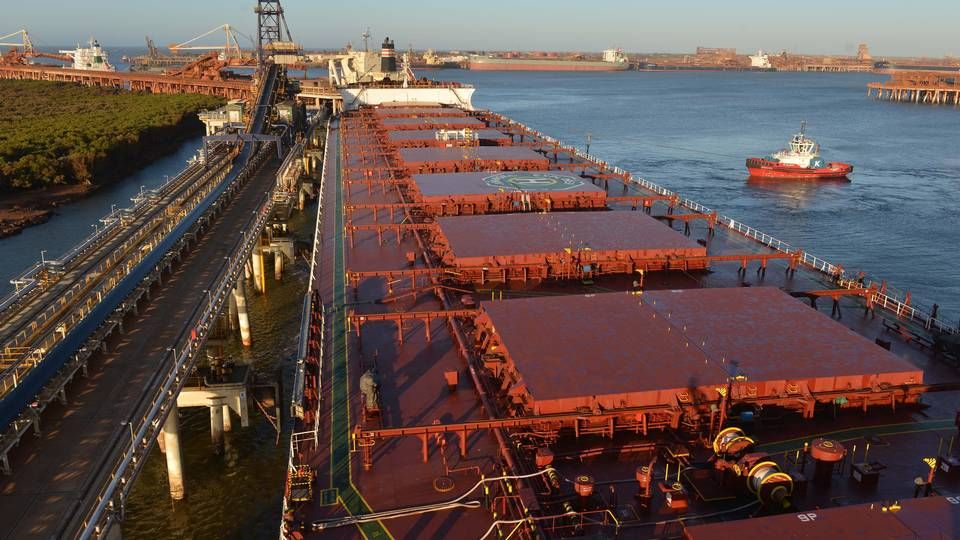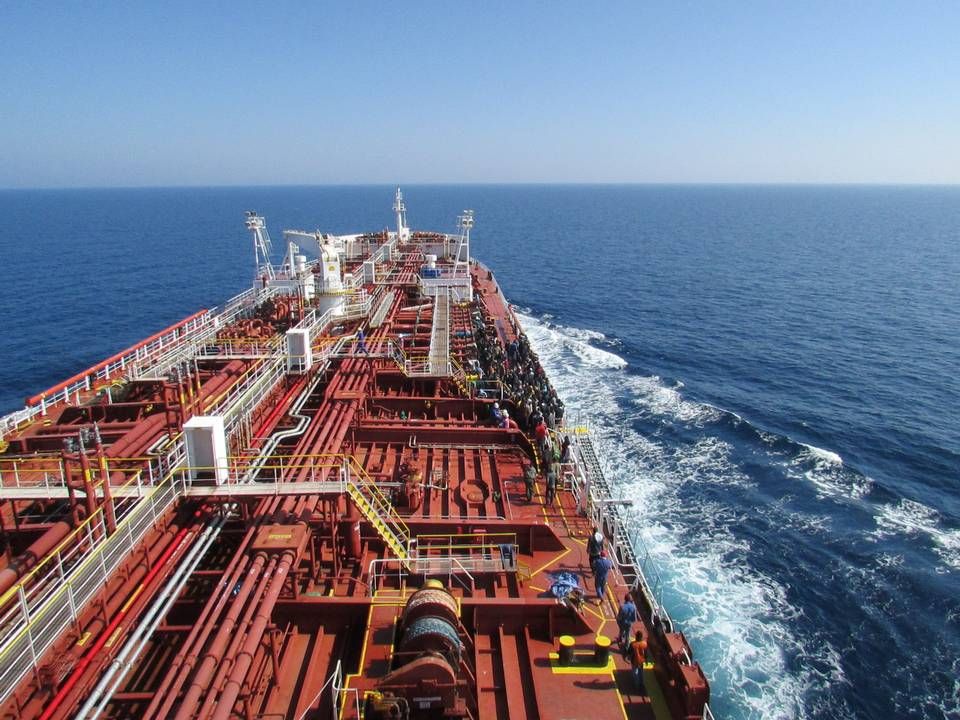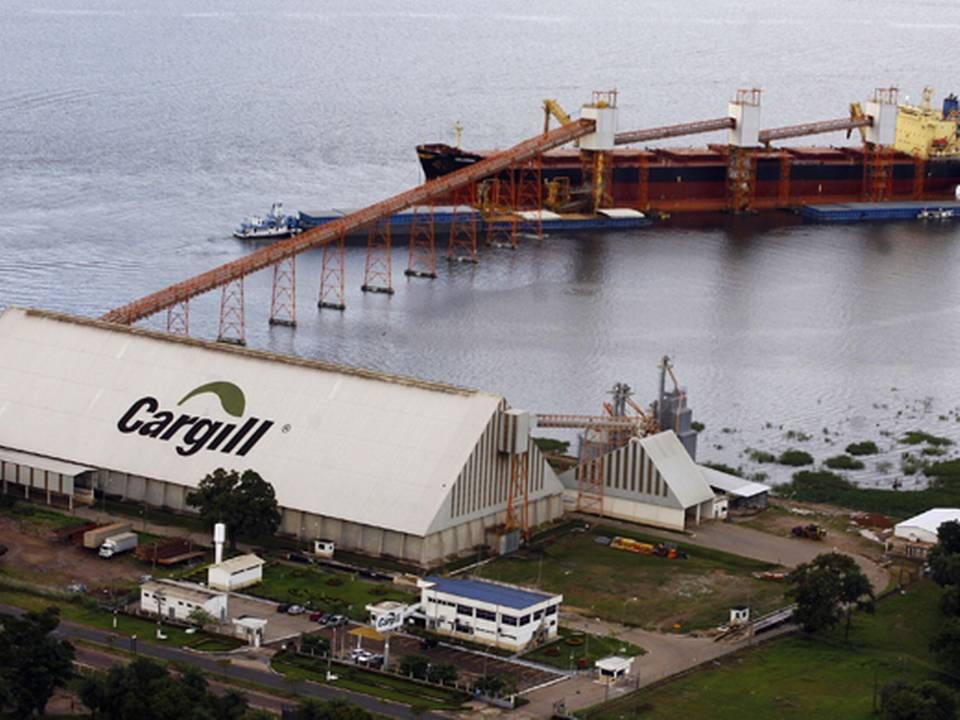Major bulk shares take dramatic roller coaster ride in 2016

Almost halfway through 2016, the listed bulk shipowners have been dragged further down into the doldrums where they already found themselves after 2015, which was one of the worst years for global dry bulk carriers in recent times.
Judging on the price development in a number of the largest carriers in the industry, this year will be even worse after massive price plunges in the first half of 2016. Several New York-listed carriers are close to a forced exit on paper as the price of their share has been below one dollar for an extended period of time.
Most recently, Greek Navios holdings was informed by US stock exchange authorities on June 7th that the carrier no longer met the requirements of the New York Stock Exchange for a continued listing, because the average closing price had been less than one dollar per share for more than 30 days.
Norden stands out in completely collapsed dry bulk sector
Navios Holdings, like others carriers in similarly dire straits, has 180 days to handle the situation, for example with a share split like the one Scorpio Bulkers shortly before the new year.
Another major bulk share on Wall Street, Greek Star Bulk Carriers, has likewise been below one dollar for a long time.
Scorpio Bulkers, which like its sister company, Scorpio Tankers, was established and backed by a number of equity funds with the intention of building big fleets of newly built eco-design vessels, has been in the lead with the biggest price plunge among listed bulk shares in 2016, with a drop of almost 65 percent since January first. An extension of an almost similar price decline in 2015, when the company began a comprehensive divestment of newbuildings and signed yard contracts.
A share in Scorpio Bulkers costs about USD 3.5 at the moment after a short incline following the share split in December 2015, as it had been below one dollar for over 30 days.
Three years of growing deficits which amount to a total of USD 650 million, along with a collapsed share price, these are the facts and key figures which characterize Scorpio's dry bulk venture so far.
"Unfortunately, I was wrong," Robert Bugbee, CEO of Scorpio Bulkers, told ShippingWatch when explaining why Scorpio Bulkers' management group never captured the promised benefits of the dry bulk market which - to Bugbee and basically all stakeholders of the industry - seemed imminent in 2013.
For the second time this year and the fourth time in three years, Scorpio Bulkers announced again this week that a share issuing was approaching, presumably because of the need for funding for newbuildings set to arrive.
Decline for analyst-darlings as well
Navios Holdings and Hong Kong-based Pacific Basin took the same roller coaster ride in price development although not to the same extent as Scorpio Bulkers. Their price declines came to 47.2 percent and 36 percent respectively, while John Fredriksen-controlled Golden Ocean has dropped by about 32 percent so far. A share in Golden Ocean, which recently replaced long-standing CEO Herman Billung, cost USD 0.7 on Tuesday.
The traditional two top picks among shipping analysts, back when several analysts still believed in recommendations to buy, were Denmark's Norden and Greek Diana Shipping. Since January first, these have dropped by 26 and 47 percent respectively. While Norden's product tankers in the Norient Product Pool compensate for the carrier's downturn in dry bulk, Diana Shipping also seems to be hit harder than anticipated and may face capital problems later this year like many of its peers.
Most recently, Deutsche Bank's shipping analyst Amit Mehrota assessed that Diana most likely does not have the liquidity or the debt profile to withstand the bulk crisis, which will probably make it necessary for the company to seek extensions from lenders in the short and long terms.
The trend-setting dry bulk index Baltic Dry hit the highest level in the history of the index, 11,793 points, in May of 2008 right before the global recession took hold. The lowest level ever was registered this February when the index dropped to just 290 points.
Recovery has begun
Baltic Dry has increased in recent months to almost 600 points and although this is still miles from a level which makes it credible to talk about an actual recovery, the British analyst agency Drewry thinks that the worst is over.
"The highly anticipated normalization has begun. Even though, the recovery will be sluggish, the times of permanent negativity towards the dry bulk sector are over," Drewry writes in a new analysis of the global dry bulk market. The main argument is that the Chinese government, at least in the somewhat long term, will support the economy with positive effects on the real estate market and investments in infrastructure, while the prospects of negative growth in the dry bulk fleet are starting to form on the horizon.
Meanwhile, Drewry also points to a lack of capital and the general discomfort among investors regarding the dry bulk sector which keep speculative equity funds and investors abay. This will further contribute to a rationalization of the global fleet, writes the analyst agency, which also assesses that the widespread risk of bankruptcy which has been calculated into dry bulk stock, has been significantly reduced as more carriers have raised new capital.
Lauritzen CEO Kastrup-Nielsen to step down
All-time low dry bulk market hits Norden with deficit
Cargill senior analyst: 1000 bulk vessels need to be scrapped
ICS: Competing interests could make it difficult to scrap ships
Related articles
Lauritzen CEO Kastrup-Nielsen to step down
For subscribers
All-time low dry bulk market hits Norden with deficit
For subscribers





















